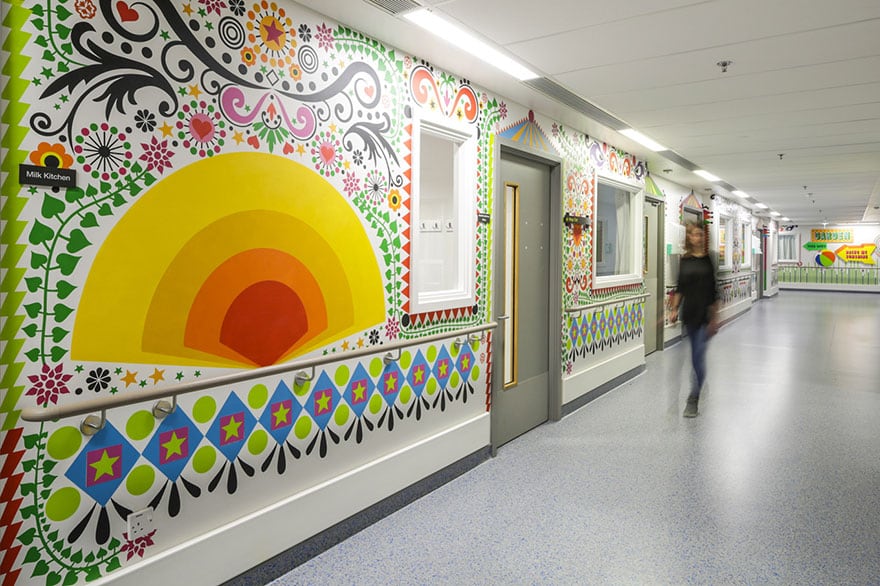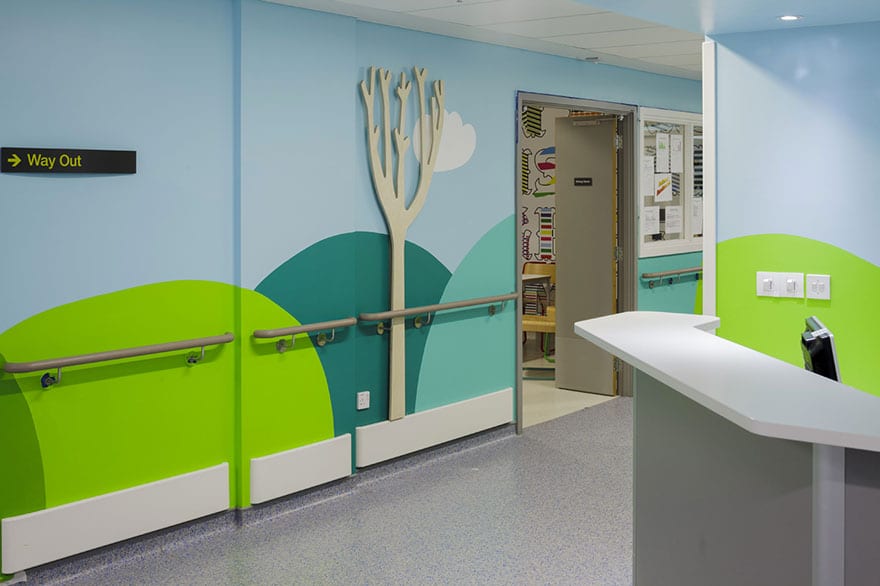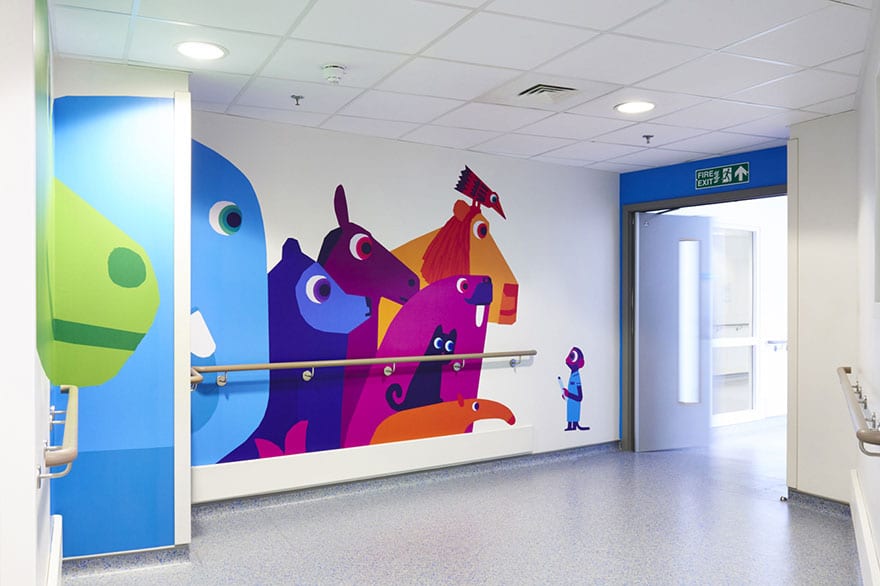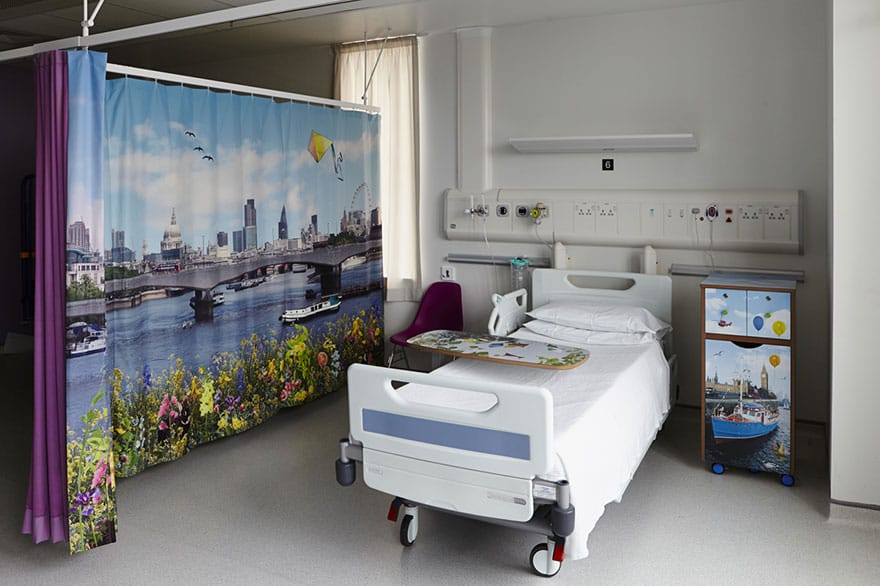Let’s get one thing straight right now: patient care is not reducible to customer service. There will always be times when what is medically best for a patient may not be what he wants. When this is the case, good (perhaps even ethical) patient care can go against good customer service.
That said, customer service is still a part of patient care. From a realistic perspective, it is critical for every for-profit practice. Businesses—including medical ones—run on customer satisfaction and loyalty.
Most patients’ perceptions of care and service also tend to mesh, which means a deficiency of one may well lead to perceived deficiency of the other. Result? Low patient satisfaction scores, which can lead to patient loss.
Fortunately, many practices are beginning to wake to the potential benefits of customer service. Some are even taking advantage of the intersections between patient care and customer service. The fact is, you can serve patients’ health better while also giving them a more positive experience at your practice.
Don’t know where to begin? Why not start with the following:
Be proactive in following up on patients.
Have you heard of doctors who make follow-up calls/messages to their patients? You may want to start joining their ranks. These physicians are professional sharpshooters hitting two very big birds with one little stone.
What are they doing? First, they are offering better customer service than other doctors. They check in with patients in a way that shows they personally care. That means potentially higher levels of engagement and patient satisfaction. Satisfied patients are not only less likely to file complaints but also more likely to recommend their physicians to others.
Even more importantly, physicians who follow up are also increasing the quality of their medical care. This is by offering patients an immediate line for reporting progress and concerns early on.
Many patients have a tendency to put off their own health issues. They ignore medical concerns until prodded. In this case, that would be less likely to happen since the physician does the prodding himself.

Checking in with patients later can make a big difference for continued care.
An added bonus here is that any medical information that the doctor wants to repeat can be delivered to the patient again at this point. Studies show that patients immediately forget anywhere from 40% to 80% of the medical information they are given. Furthermore, up to 50% of what they do remember is often incorrect. Reminding them of things that could make a difference to their health helps you care for them past the clinic.
Now, follow-up messages/calls are easy… but some practices still do end up wearing themselves out when trying to do them. How do you avoid that? Try these rules of thumb:
Develop criteria for sending out follow-ups.
If you find it too difficult to send follow-ups to all patients, create a set of criteria for eligibility. For example, choose to send follow-ups only to those who have just had a serious procedure done on them, a red flag of some sort in their last checkups, and so on.
Craft a specific procedure for it.
You need to integrate follow-ups into your schedule in an orderly way. Figure out when you should send follow-ups to patients (e.g. 2 days after their last appointment) and what to say in them. A template might help, especially for those who have a lot of patients with similar ailments.
Certain tools can make integration of patient follow-ups easier. Some examples of EMR software boast utilities for it. SeriousMD too is about to release a host of messaging features that support this service very soon, so that’s good news for our users.
Make sure YOU do it, not your receptionist.
Not everyone can probably follow this, but where possible, it should be observed. It makes a difference when the follow-up is from the physician instead of the secretary. It builds a better bond with the patient and also makes it easier for most patients to reveal concerns in response (the physician would know their medical history better than the receptionist at the practice, after all).
For ultra-busy physicians, a good compromise might be to do personal follow-up messages for only a certain group of patients. Who are those with the most sensitive situations? Or the ones with whom you have the greatest personal bond? Or those with the most medically delicate cases? You might try to handle only those in follow-ups. The rest could be handled by the receptionist.
Gather/organize out-of-clinic resources for patients.
You can add value to your services by collecting out-of-clinic resources your patients can use. These can be as simple as informational leaflets or brochures. They can even go as far as free lectures or seminars on medical conditions.

Brochures are an easy and cheap way to get crucial health information directly to your patients.
The idea is to identify resources a big part of your patient pool can use. Do you have a lot of patients who have diabetes? Look for material on that condition. Do most of your patients struggle with weight loss? Offer information that can help them with that challenge.
Remember that you can go outside of your own offerings. If you can find decent resources offered by other members of the community—healthy weight loss support groups, for example—you can suggest them to patients. What is important is that you offer patients possibilities for dealing with their health outside of the standard appointment at your clinic.
Keep personal notes about patients that go beyond medical details.
You already keep medical notes about your patients, of course. Still, why not create a separate section in their files that documents those little personal details? It can help you create a better picture of the person you are treating as well as make patients feel more cared for when you remember things about them like their favorite grandchild or hobby.

Adding a personal detail or two to your notes about a patient might help when trying to communicate with them.
You should not feel compelled to take note of every little personal thing, mind you. Do not feel pressured to capture all the details a patient reveals about his personal life in your consultation room. Simply make a note of whatever catches your attention.
Say your patient mentions that their wedding anniversary is coming up, for example. You might consider asking about that next time the patient comes in for a checkup. It not only affirms to the patient that you have been listening to him but also that you acknowledge him as a human being with a life outside of the checkup room.
Does this matter? Again, it goes back to patient satisfaction. Patients tend to feel satisfied when they perceive a higher level of care—and establishing better, personal relationships with patients tends to improve their perceptions of your care.
Of course, be sure to adjust your file organization accordingly. You might need to keep such notes in a separate document within a patient’s comprehensive file. Again, this might be easier depending on the tools you have available.
Those using our practice management software will find it very simple to integrate personal details into their records, for example. This is since SeriousMD allows you to take private notes to add to a patient’s file and even lets you limit access for them (for assurance of patient privacy).
Implement initiatives encouraging staff to communicate with patients.
This idea comes from an experiment performed by the Cleveland Clinic. When dealing with relatively low patient satisfaction scores compared to top competitors, one of their initiatives encouraged staff to communicate with all patients during their waits. This included even janitors, who acknowledged the length of time patients had been waiting and asked if they could get anything for them.

When staff communicate more readily their willingness to help, patients feel better cared-for.
The result? A sharp improvement in patient satisfaction scores. This shows the difference caring communication can make for patients. Chances are, most of those patients would not have actually requested anything of the janitorial staff. Yet the very fact that those staff members bothered to ask them if they could help in some way already contributed positively to their experiences.
This is something that can offer big returns for relatively small input. At the end of the day, how much does effort does it really take to tell someone in the waiting room, “I know you’ve been waiting a while. Can I get you anything to help?”
Enhance your working environment.
The physical environment in which you see your patients can affect their checkups. Ensuring that it is clean is a given, but what about trying to also make it “friendly”? If most of your patients are children, for instance, try adding some paintings or pictures to the walls that kids would like. Fanciful depictions of fairy tales or anthropomorphic animals might help set them at ease.
A great example can be seen in the not-for-profit Northern Westchester Hospital in N.Y. Every room in the hospital has a flip frame on the wall facing the foot of the bed. Patients can select the artwork they prefer to be in the frame. Note that the hospital also supplies patients with tablets that let them access their own lab results and medication lists. The tablets even offer games and let patients order room service.
Some hospitals actually work with local artists to bring color to their premises. The Cardinal Glennon Children’s Hospital in Missouri uses donated photographic art, for instance.

Photographs decorate the already-bright walls of the Cardinal Glennon Children’s Hospital.
Then there is the London Children’s Hospital, where 15 artists collaborated to decorate the building with inventive murals.

Artist Morag Myerscough used bright, lively designs for the hospital’s trauma and gastroenterology areas.

Artist Donna Wilson aimed for mood-lifting designs that could make people more relaxed and happy at the same time.

Artist Chris Haughton made animal-themed murals to grab children’s attention.

Textile artist Ella Doran crafted privacy curtains and furniture used throughout the hospital.
Do things like these really serve patients better? A fair amount of evidence suggests a positive answer. Several studies show quicker recovery times and even lower pain levels for patients exposed to particular types of art.
It has been suggested that art’s medical benefits can be thanks to its emotional effects as well as potential for positive distraction. The artist Ella Doran, who created the curtains in one of the images from the London Children’s Hospital above, said that she knew her design had worked when one upset girl ceased crying and started pointing out the hidden animals in her piece instead.
Art therapy is just one possibility here. Some practices are going so far as to get things like massage chairs or recliners for waiting patients. Others pipe gentle music into their buildings to set a calm atmosphere.
Such things can lower stress, contribute to healing, and even counteract some of the cold, impersonal sterility often associated with the doctor’s office. This perception of coolness can contribute to patients’ hesitation to reveal symptoms and can even become a barrier to patient-doctor relations. When patients feel more comfortable, they can be more receptive as well.
These are just a few of the ways you can improve on patient service and care at the same time. Do you have any other ideas we haven’t mentioned? Perhaps some new initiative at your own practice that you think deserves attention? Tell us all about it either in the comments below or on social media (contact us on Facebook or Twitter). We’d love to hear about them and might even give your idea/practice a feature. Let’s get the ball rolling to improve Philippine healthcare!

